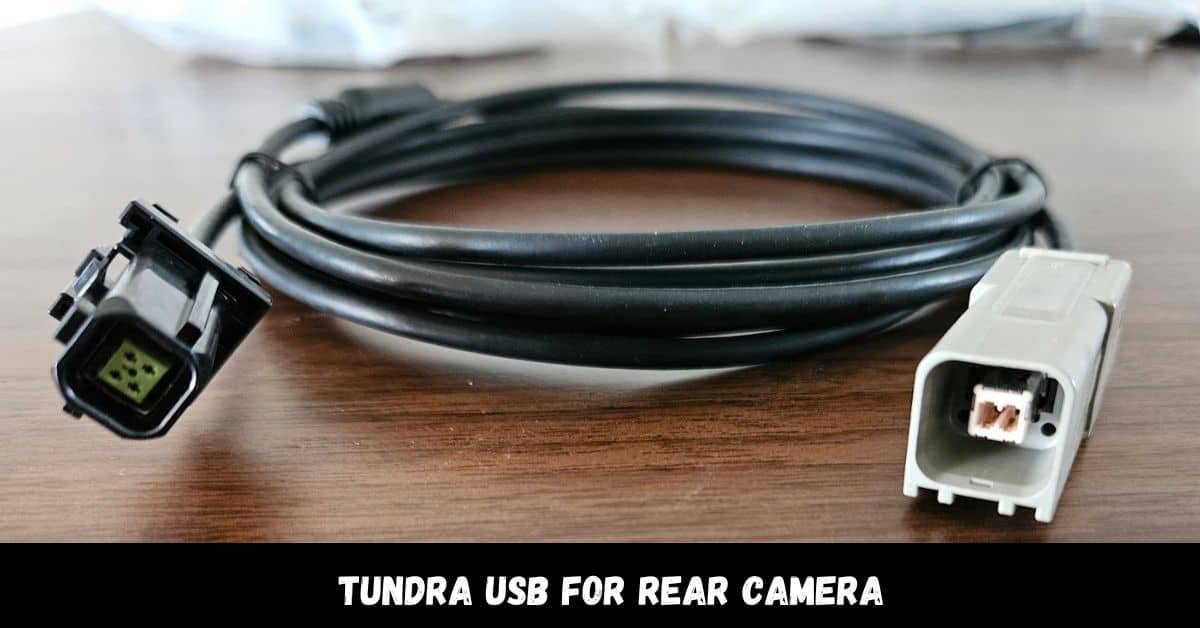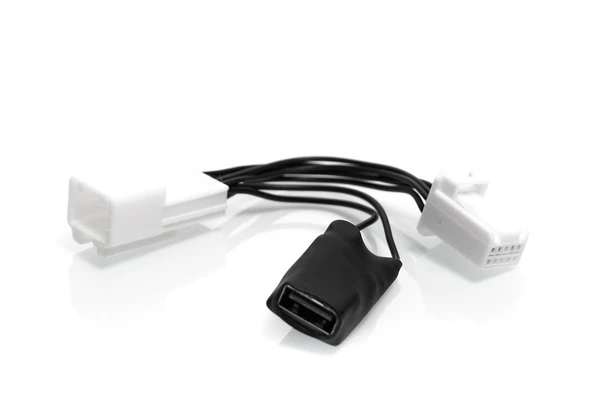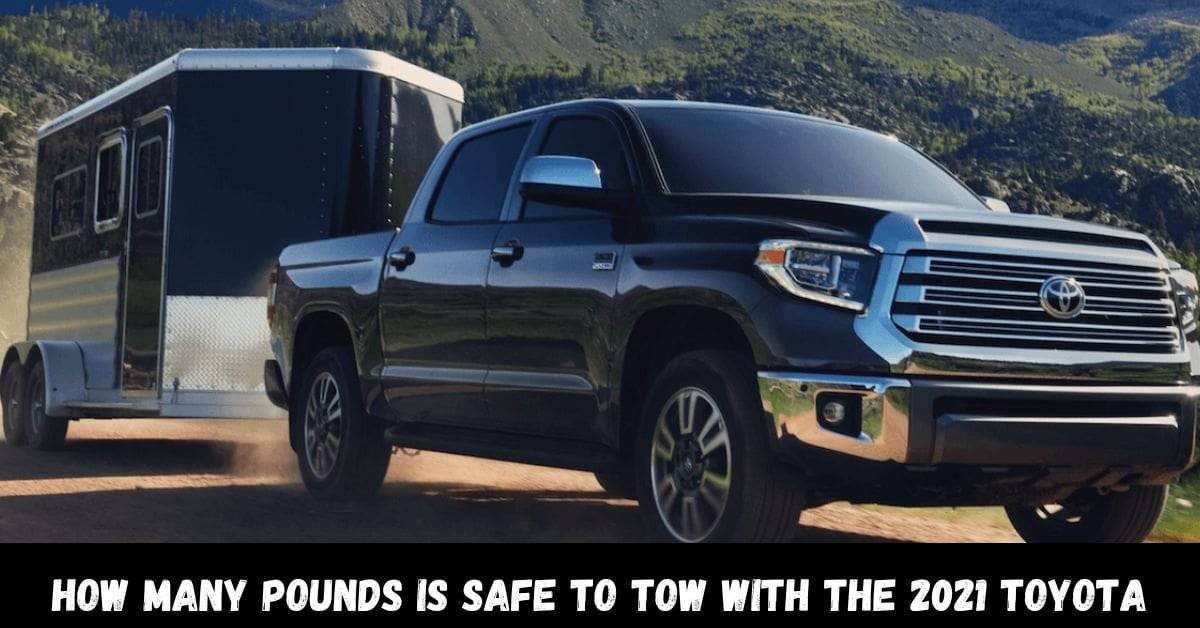The “22 Tundra noise while turning in reverse” refers to Common causes, including worn suspension parts or steering issues. To address it, listen for when the noise occurs and check the tires and suspension. If it persists, consult a mechanic for inspection and repair. Regular maintenance can help prevent future noise issues.
The “22 Tundra noise while turning in reverse” refers to a sound that some Toyota Tundra owners hear when they back up while turning. This noise can be bothersome and may vary in type, often described as grinding, clunking, or popping. It usually occurs during specific maneuvers, raising concerns about potential mechanical issues.
What is the Issue in 22 Tundra Noise While Turning in Reverse?
The main issue is that many drivers notice unusual sounds from their vehicles when reversing and turning. This can cause them to worry about the vehicle’s performance and safety. Addressing the noise early to prevent further damage to the vehicle is essential.
Possible Causes of the Noise:
Several factors might contribute to this noise:
- Suspension Problems: Worn-out suspension parts, like bushings or joints, can create noise when the vehicle’s weight shifts while turning.
- Steering Issues: Low power steering fluid or a malfunctioning steering pump may lead to odd sounds when maneuvering.
- Differential Problems: If the noise comes from the rear axle, it could indicate issues with the differential or drivetrain.
- Tire Alignment: Misaligned tires or uneven wear can cause noise during turns, especially in reverse.
How to Identify the Source of the Noise?
To find out where the noise is coming from, follow these steps:
1. Listen Carefully:
Pay close attention to when you hear the noise. Does it happen only while turning in reverse, or do you listen to it at other times? Notice if the sound is loud or soft and if it changes with speed. Try to determine if it comes from the front, back, or sides of the vehicle.
2. Check Your Surroundings:
Before entering the vehicle, look around. Ensure there’s nothing caught in the wheels, like rocks or branches. Also, consider the road conditions bumpy or gravel roads can create noises that seem to come from your car. Try driving on a smoother surface to see if the noise changes.
3. Examine the Suspension and Tires:
Get out and visually inspect your tires and suspension. Check for any obvious damage, like cuts or bulges on the tires. Look at the tread for uneven wear, which could indicate alignment issues. For the suspension, check for worn bushings or leaking shocks. Have someone move the steering wheel while you listen near the front to catch any unusual sounds.
4. Test Drive:
Find a safe area to test drive your vehicle. Back up slowly and turn the steering wheel in both directions. Try to replicate the conditions when you usually hear the noise. Pay close attention to when it occurs, as this can help pinpoint the issue.
5. Check for Other Symptoms:
While driving, watch for additional signs. Feel for steering wheel or seat vibrations, as these can indicate more severe problems. Check if the steering feels smooth or stiff. Finally, ensure no warning lights are illuminated on the dashboard, as they can signal issues with the vehicle’s systems.
Which Parts Might Be Affected?
The following parts could be involved:
- Suspension Components: Bushings, struts, and control arms may wear down and cause noise.
- Steering System: The power steering pump, hoses, and fluid levels need checking.
- Differential and Axles: Any issues here could lead to noises when the vehicle is in motion.
- Tires: Ensure your tires are properly inflated and aligned.
What to Do? – Solution of the Noise!
If you hear this noise while driving your Tundra, there are several steps you can take. First, perform regular maintenance by keeping up with oil changes, tire rotations, and other scheduled tasks to ensure your vehicle is in good shape. Next, if you feel comfortable, inspect the suspension and steering components for any visible issues that could be causing the noise. Consulting your vehicle’s manual can provide specific recommendations for troubleshooting noises as well. Finally, if the noise persists, drive carefully and avoid making sharp turns until you can have the vehicle checked by a professional mechanic.
Should I Seek Professional Help to Solve the Issue?
Yes, it’s a good idea to consult a professional mechanic if:
- The noise continues despite your checks.
- You’re unsure how to inspect or repair the problem.
- You may also notice other symptoms, such as vibrations or steering difficulties. A mechanic can perform a thorough inspection and recommend appropriate repairs, ensuring your Tundra stays safe and reliable.
What Are Other Owners Saying About This Noise?
Many Tundra owners have shared their experiences online. Some have found similar noises and expressed concerns about potential mechanical issues. Others have noted that the noise disappeared after addressing the problem, like replacing worn parts. Engaging in forums or social media groups can provide insights and possible solutions from fellow owners.
How to Prevent Future Noise Issues?
To keep your Tundra running smoothly and avoid noise issues:
- Routine Maintenance: Regularly service your vehicle, including checking the suspension, steering, and tires.
- Stay Informed: Monitor Toyota recall notices or technical service bulletins that might address known issues.
- Drive Mindfully. Avoid making sudden turns or reversing too quickly, which can stress your vehicle’s components.
- Get Inspections: Periodically have a mechanic check for any early signs of wear before they become more significant problems.
FAQs About 22 Tundra Noise While Turning in Reverse:
Is the noise while turning in reverse a common issue among Toyota Tundra owners?
Yes, many owners of the 2022 Tundra have reported experiencing similar noises when turning in reverse, making it a somewhat common concern.
Can this noise indicate a severe problem with my Tundra?
While it may not always indicate a severe issue, persistent noise can be a sign of underlying mechanical problems that should be checked by a professional.
Are there any recalls related to this noise issue for the 2022 Tundra?
It’s always a good idea to check with your local dealership or the official Toyota website for any recalls or technical service bulletins regarding noise issues.
What types of noises might indicate different problems?
A grinding noise may suggest issues with the brakes or suspension, while a popping sound could indicate problems with the steering components or bushings.
Can I diagnose this issue myself, or should I take it to a mechanic?
You can start with a visual inspection and test drive to listen for noises, but if you’re unsure, consult a mechanic for a thorough diagnosis.
Will driving with this noise cause further damage to my Tundra?
Yes, ignoring persistent noises can lead to more severe issues and costly repairs down the line, so it’s advisable to address them promptly.
How much will it cost to fix the noise issue in my Tundra?
The cost can vary depending on the source of the noise and the parts involved. Getting a quote from a mechanic after an inspection can give you a clearer idea.
Is there a warranty that covers repairs for this issue?
If your Tundra is still under warranty, repairs for this noise issue may be covered. Check your warranty details or contact your dealership for more information.
What should I do if the noise suddenly gets louder or changes?
If the noise becomes louder or changes unexpectedly, stop driving the vehicle and have it inspected immediately to avoid further damage.
Are there any tips for maintaining my Tundra to prevent noise issues?
Regular maintenance, including checking fluid levels, inspecting suspension components, and keeping tires properly inflated, can help prevent potential noise issues in the future.
To Sum Up:
The “22 Tundra noise while turning in reverse” is a common concern for many Toyota Tundra owners, often signaling potential issues with suspension, steering, or other components. By paying attention to the noise and following proper diagnostic steps, you can identify the source and take appropriate action. Whether it’s a simple inspection or a visit to a professional mechanic, addressing this noise early can help prevent further damage and ensure your Tundra remains safe and reliable. Stay proactive with your vehicle’s maintenance, and you can enjoy a smoother, quieter ride.

















